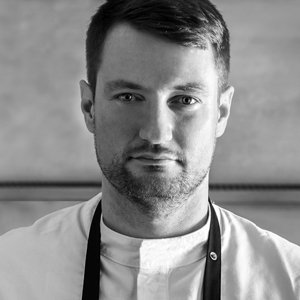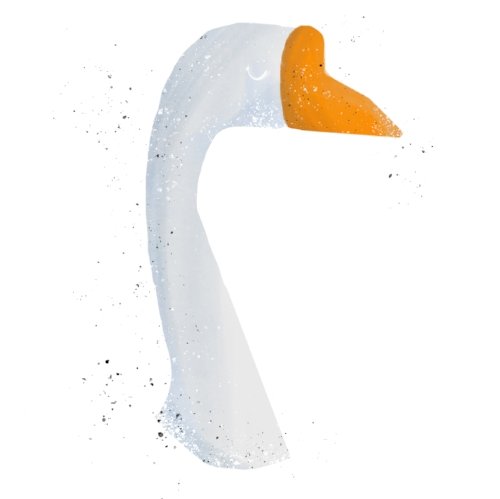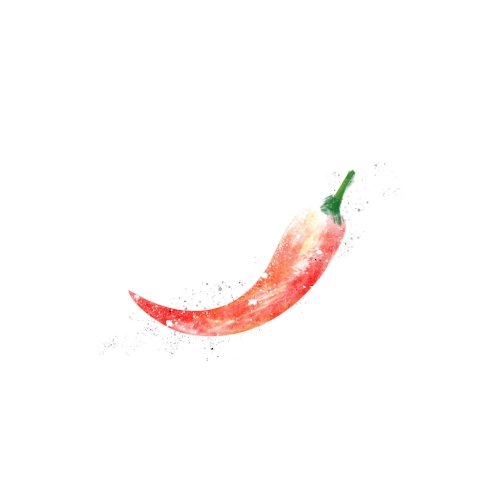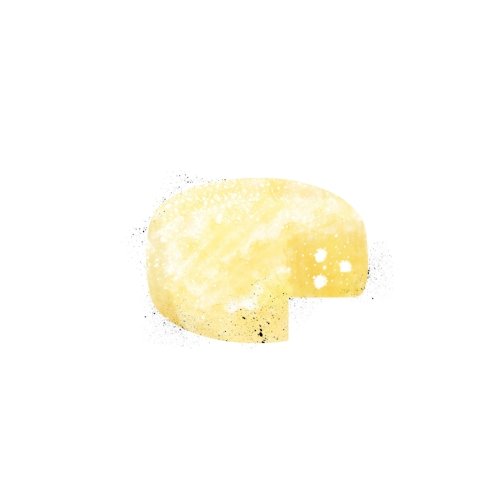CULINARY TOUR AND INTERNATIONAL WINE & HOSPITALITY FORUM
Budapest is as beautiful and as dynamic as any other major European centre but its gastronomic identity has remained largely uncelebrated - a pity given the shear scale, diversity and breadth of natural produce on offer. At the Terroir Budapest Wine & Food Symposium international & local chefs, Hungarian producers & restaurateurs, innovators, culinary tourism experts, journalists, media, and wine experts came together through interactive workshops, masterclasses and learning salons to foster Hungary's new-food future.
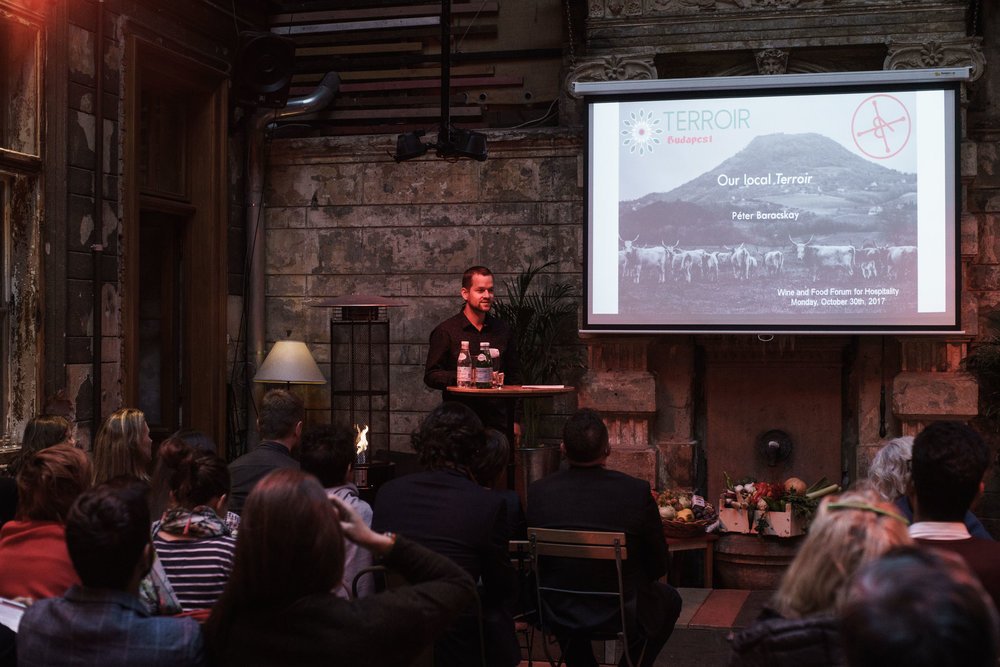
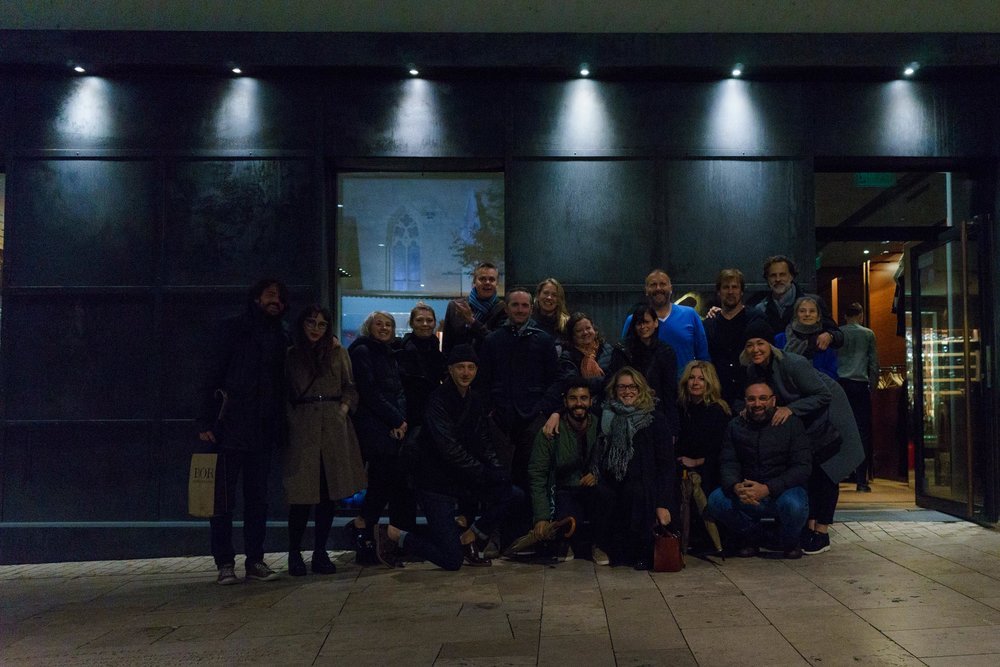
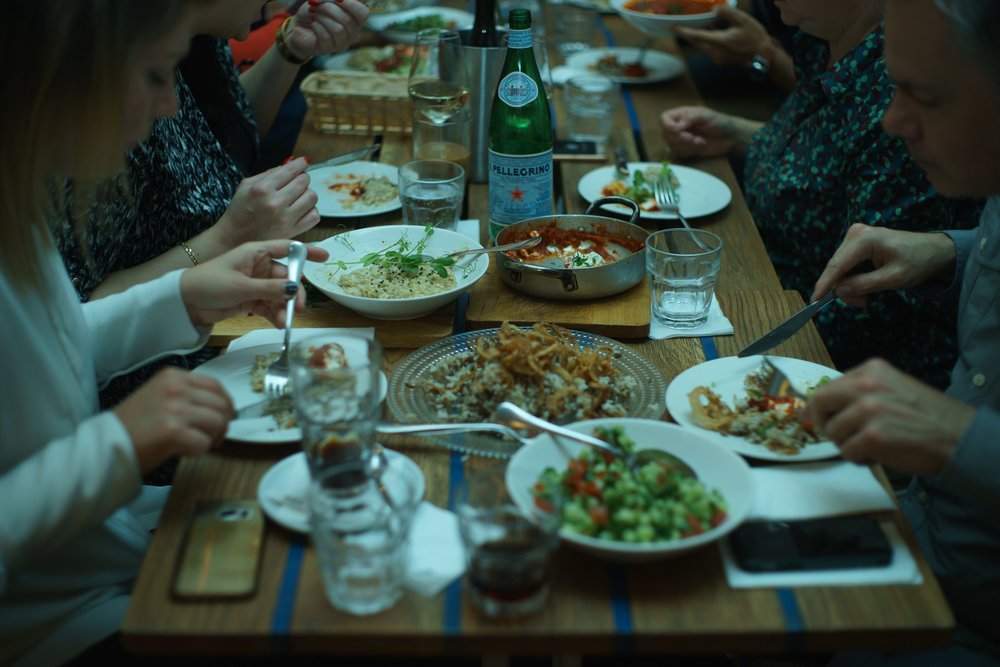

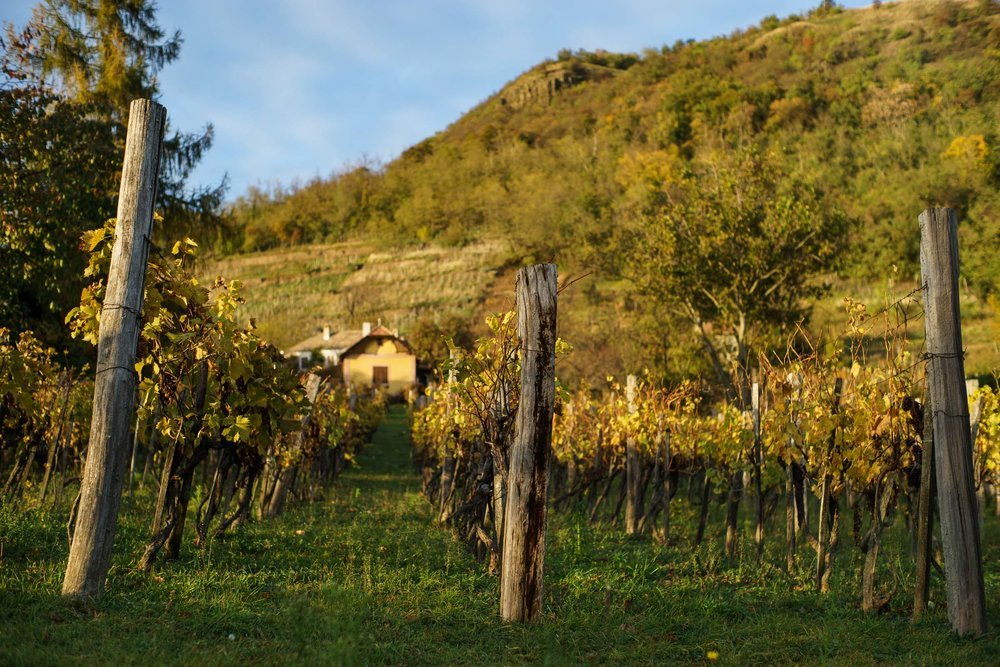
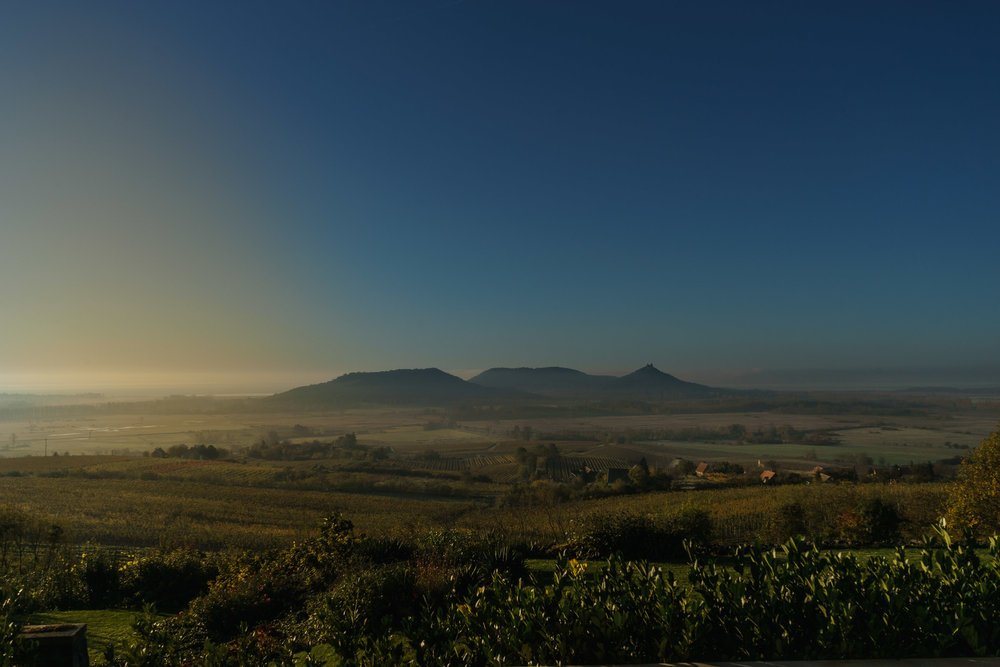
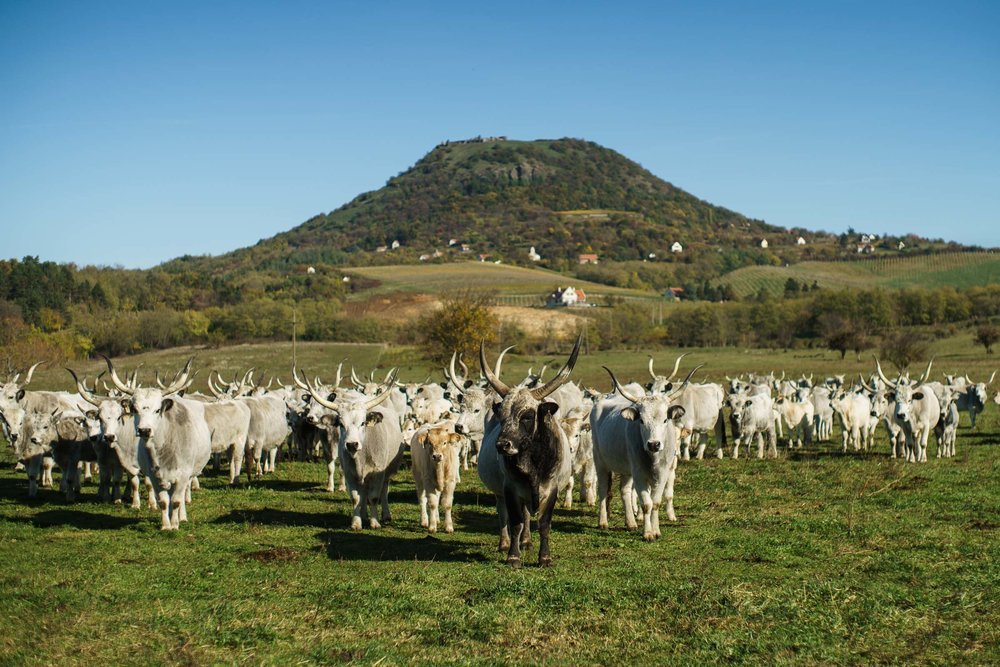
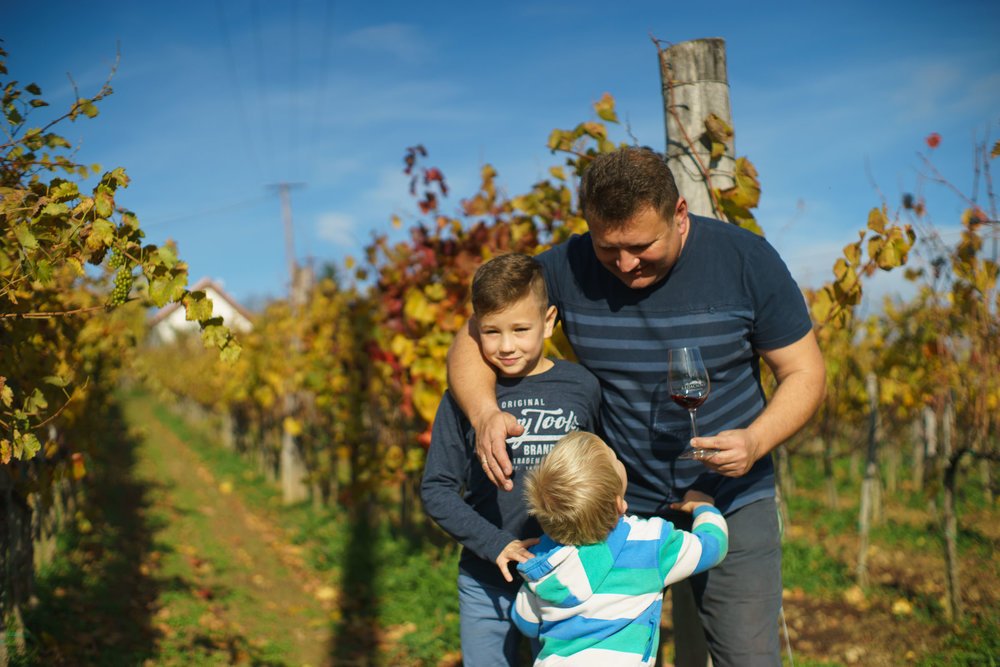

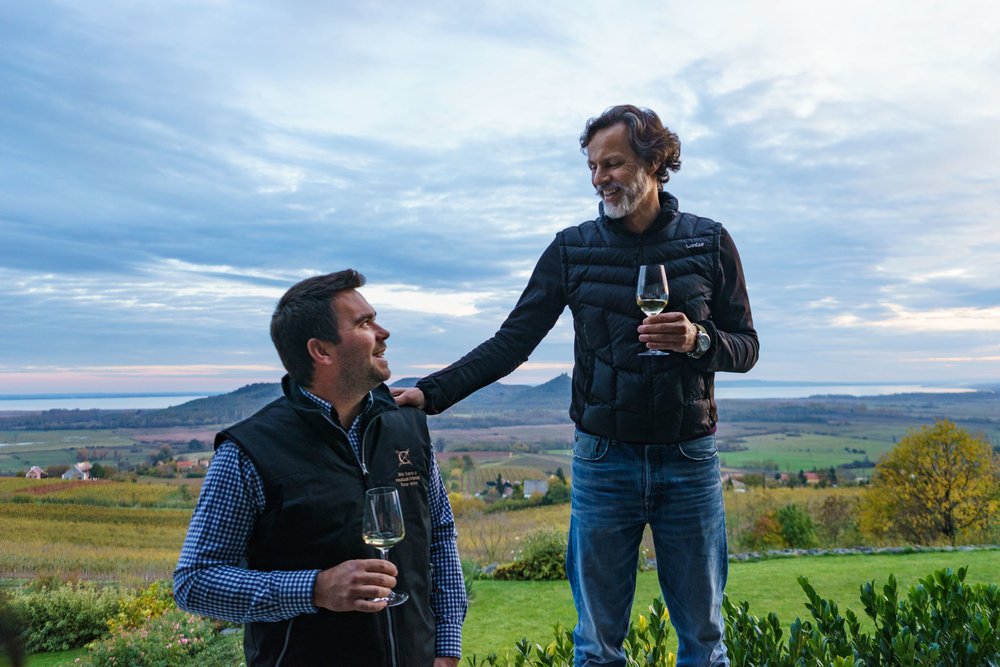
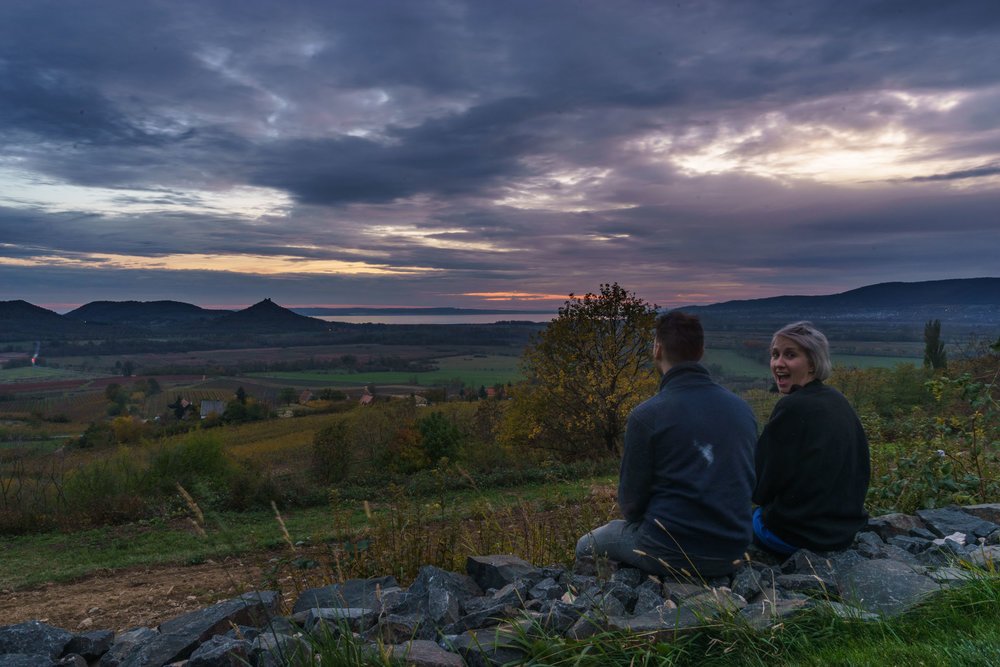
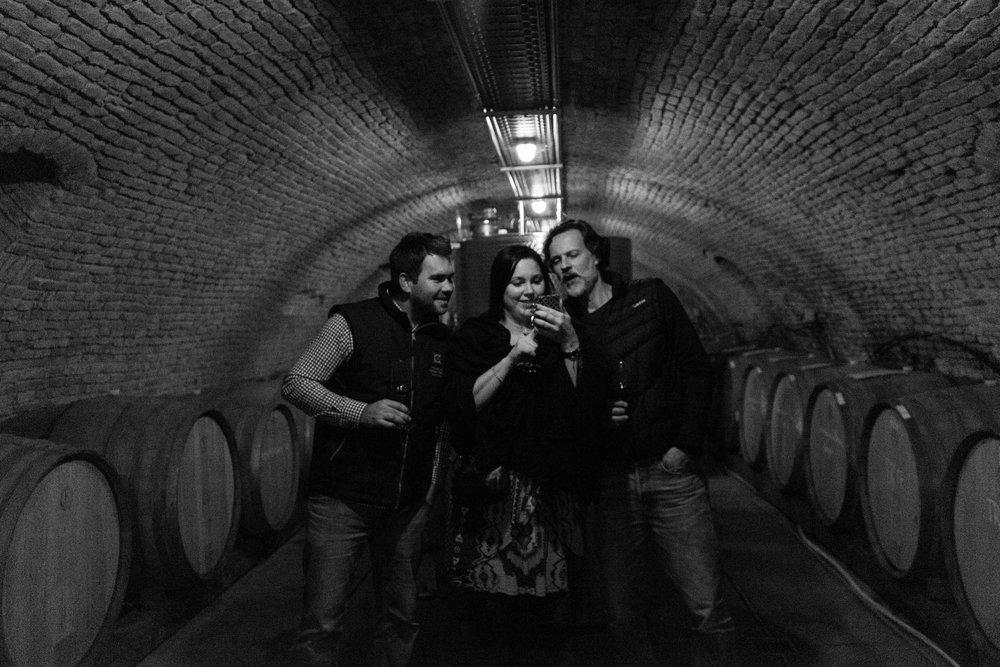
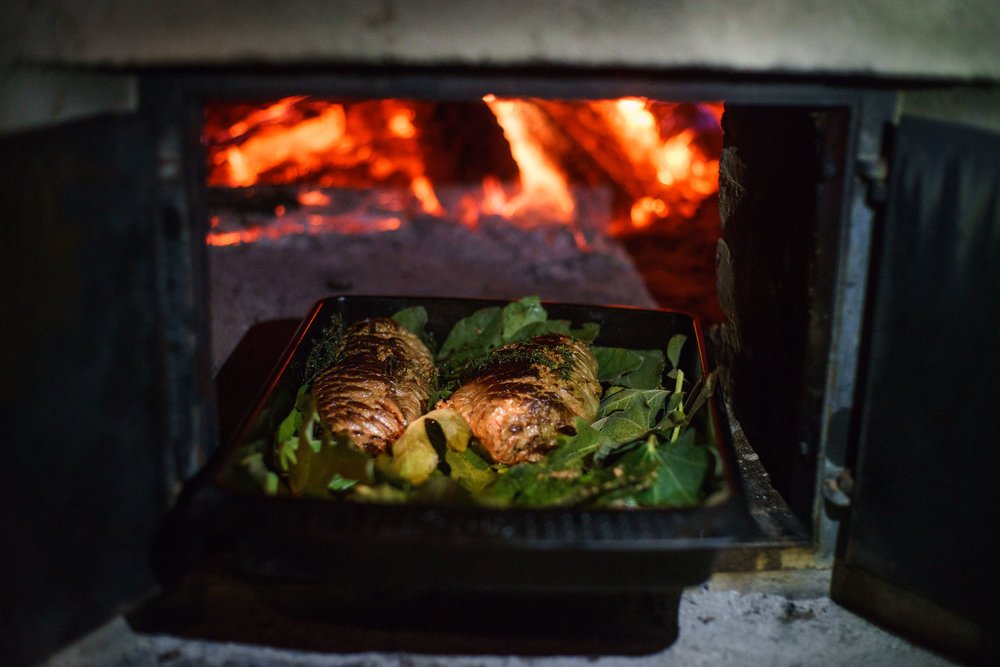
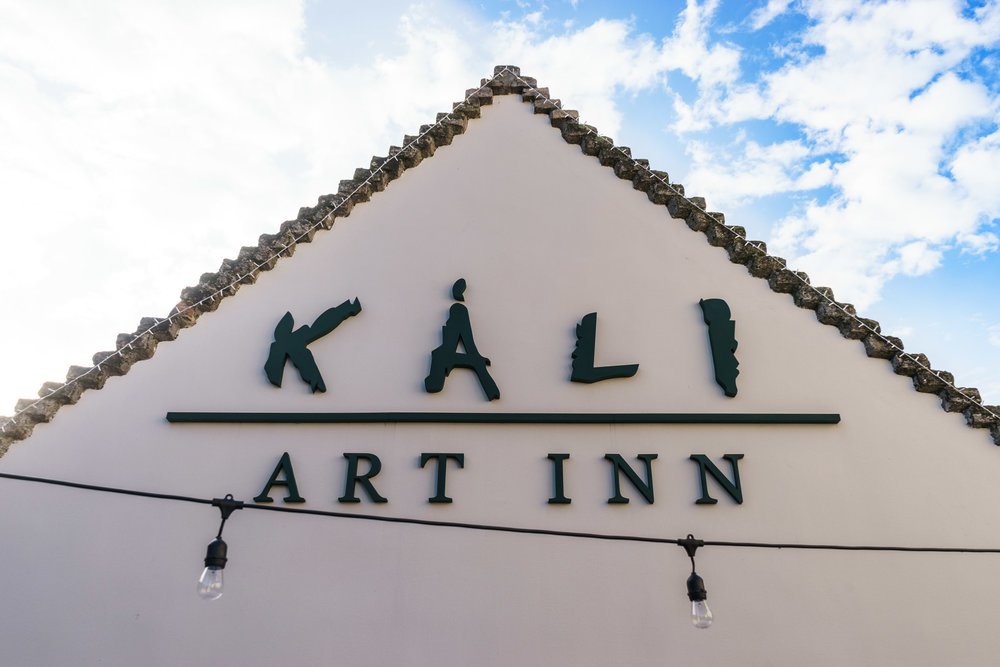
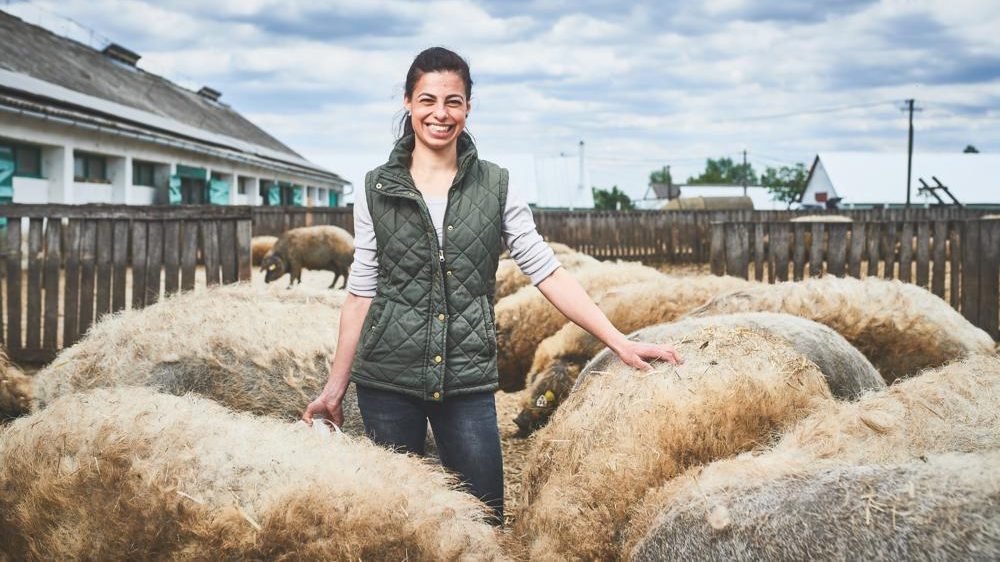
Food Journalist, Budapest
Food Writer and Author, Budapest
Chef, Owner, Dirt Candy, NYC
MIGUEL ROCHA VIEIRA
Executive Chef, Costes Restaurant
Group General Manager, Adam/Albin
Organic Wine Producer, Hungary
Chef, Farmer, Environmentalist
Farmer, Biologist
Journalist, Budapest
Food journalist, editor and researcher
Mangalitsa Farmer, Hungary
Sommelier, Raymonds
Food Writer and Photographer
Wine Merchant and Winemaker
Creative Head Chef, Mazel Tov Restaurant
Food writer, Researcher
MÁTYÁS SZIK
Head Sommelier, Four Seasons Budapest
PRESENTER
“Terroir Budapest was a great event for showcasing some of the most interesting developments and fascinating products of the Hungarian terroir, all while having the opportunity to meet key players in the industry.”
Andras Jokuti
Leading Hungarian food blogger
Participants
President, Canada Culinary Tourism
ISTVAN VERES
Head Chef, Babel Restaurant
Executive Chef, The Royal Hotel
Food and Drink Journalist
Rex Vinorum & Rex Ciborum Brand Ambassador
Wine Marketer and MW Student
Chef/Owner, HORVÁTH, Berlin
What People Said
GUEST DELEGATE
"As a wine professional, it’s always exciting to visit and learn about an undiscovered wine region, especially to meet the producers, merchants and sommeliers who share their knowledge with you. That is exactly what Terroir Budapest and our trip to the Balaton provided. I managed to meet some outstanding winemakers in the Balaton region and have already arranged for my first shipment of Hungarian wines."
Jeremy Bonia
Sommelier, Raymonds Restaurant
Bartender and Bar Manager, Brody House Group
FORUM ATTENDEE
“Terroir offers a massively high level of expertise and know-how in the field of sustainable gastronomy, culinary & wine tourism which supports local businesses. In the development of business relations and exchange of information it’s more effective since buyers, influencers and experts come away with a real experience and become a trusted ambassador of the region. This depth is impossible to reach through expositions or tradeshows - Terroir creates community.”
Janka Jakobos
CEO, Chefworks Romania/Hungary
Hungarian Pride in its Volcanic Wines
“Hungary has a glorious wine history. During the Renaissance, Hungary produced some of the world’s most sought-after elixirs. The future is even more exciting as Hungarians rediscover their superb collection of volcanic terroirs.”
- John Szabo | Volcanic Wine, Salt, Grit and Power
One of the highlights of Terroir Budapest’s International Wine & Hospitality Forum was an interactive volcanic wine masterclass hosted by Hungarian winemaker, Robert Gilvesy, and MW student, Magda Kaiser. The masterclass encompassed tastings of five indigenous varieties of the Furmint, Jufark, Kéknyelű, Hárslevelő, and Olaszriesling grapes grown in the volcanic regions of Badacsony, Balaton Highlands, Muzla, Mátra, Somló, and Tokaji Hegyálj, as well the Rhine Riesling international varietal grown in Hungary since the beginning of the 18th century.
Panelists including international experts and buyers Jeremy Bonia, Mercedes Bachelet, Attila Tálos, and Mátáyas Szik discussed how Hungarian wines could strengthen and shape their image on the world stage with local participating wineries including Bott Frigyes, Losonci Bálint, Pálffy Gyula, Szabó Gyula, Váli Péter, Gilvesy Robert and Tamás Kis.
Native Hungarian Ingredients
The Hungarian Grey Cow is protected by law and an iconic national symbol. Its vehemence, beauty and delicious meat have made it known all over the world and Hungary’s most iconic dish, Goulash, was named after a staple Hungarian herdsman meal originating from the meat of grey cattle and made when cowboys would ride the animals during cattle drives and butcher the weaker ones to make soups and stews
The Mangalitsa is a rare, Old World, heritage pig breed with a 200-year-old Hungarian lineage. A descendent of the European wild boar, the Mangalitsa has garnered international support from both farmers and chefs in recent year as a result of its high fat content, surprisingly concentrated flavour, and beautifully marbled meat which is considered some of the tastiest pork in the world.
Hungary is actually the world’s biggest exporter of foie gras made from goose liver (a title often mistakenly given to the French), shipping a whopping 1,800 tonnes of it per year to countries including France, Belgium and Japan. In Hungary, the delicacy is made according to traditions dating back to the 15th century. And Libamaj, as it’s called, is so revered that the country even hosts an annual foie gras festival in Budapest.
The Hungarian scientist, Albert Szent-Györgyi, won the Nobel Prize in 1937 in part for the discovery of, and extraction of, vitamin C in paprika peppers. You’ll find this staple ingredient in pretty much every Hungarian kitchen. Because of the comparatively cooler climate, Hungarian paprika is much sweeter than its South American counterparts, so sweet in fact, you’ll even find it inside Hungarian cakes!
Located in the middle of the Carpathian Basin, surrounded by high mountains and blessed with a notably long growing season, it’s no surprise that Hungary boasts 22 different wine regions alongside a rich and varied terroir which gives way to a whole host of indigenous grape varieties. There's Furmint, Olaszrizling, Hárslevelü and Sárgamuskotály for the whites; Kékfrankos, and Kadarka to name a few reds. Impressive volcanic soils in the north of the country also mean Hungary’s wines are as diverse as they come.
The words fejni (milked) and vaj (butter) already existed in 11th century Hungary. And the production of sheep-milk cheese (and later cow-milk cheese) was so integral to Hungary’s pastoral life and trade, that during the Turkish occupation a part of the tax had to be paid by cheese. Look out for delicious varieties including Trappista, Liptauer, Orda, Oázis and Pálpusztai.




























